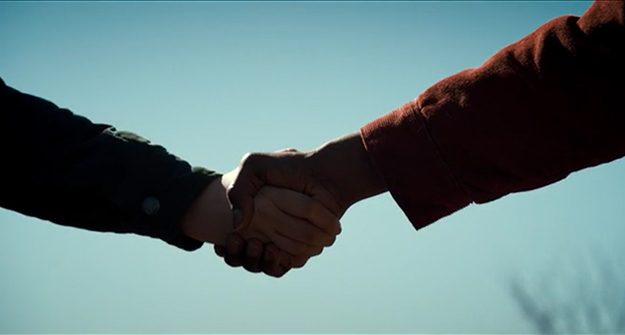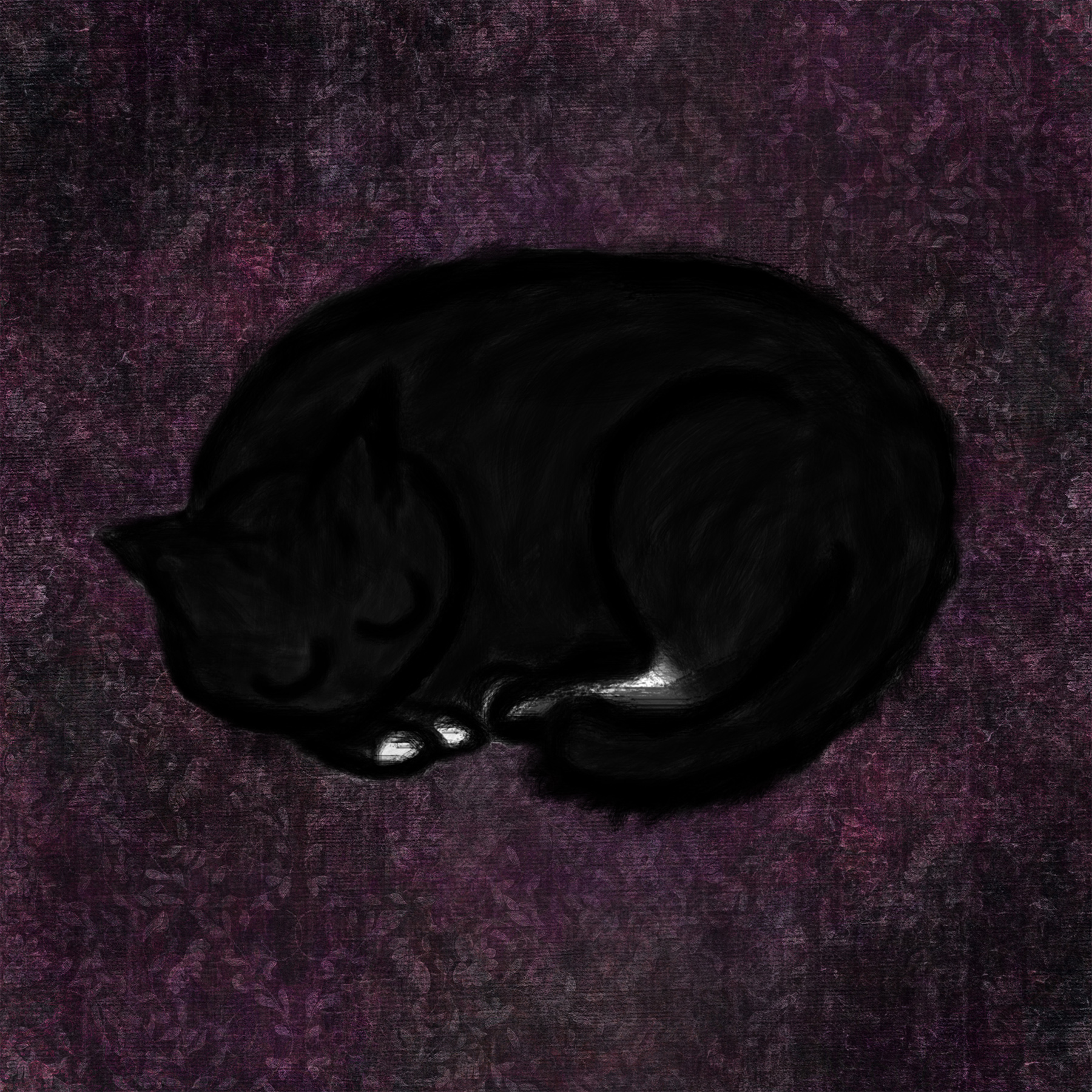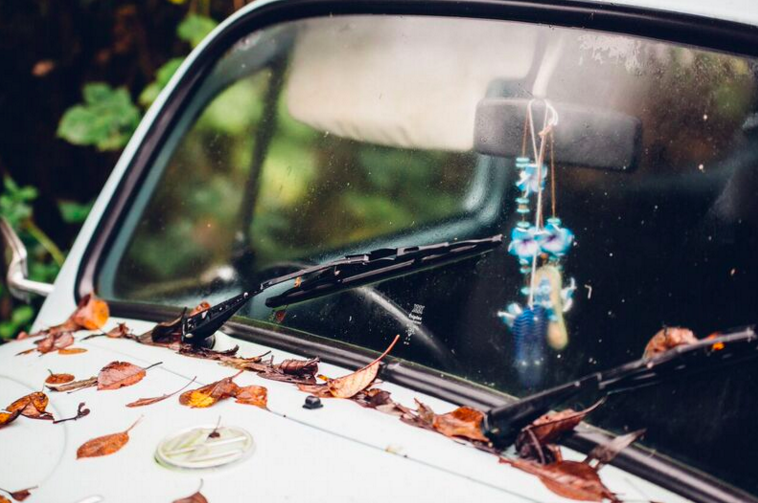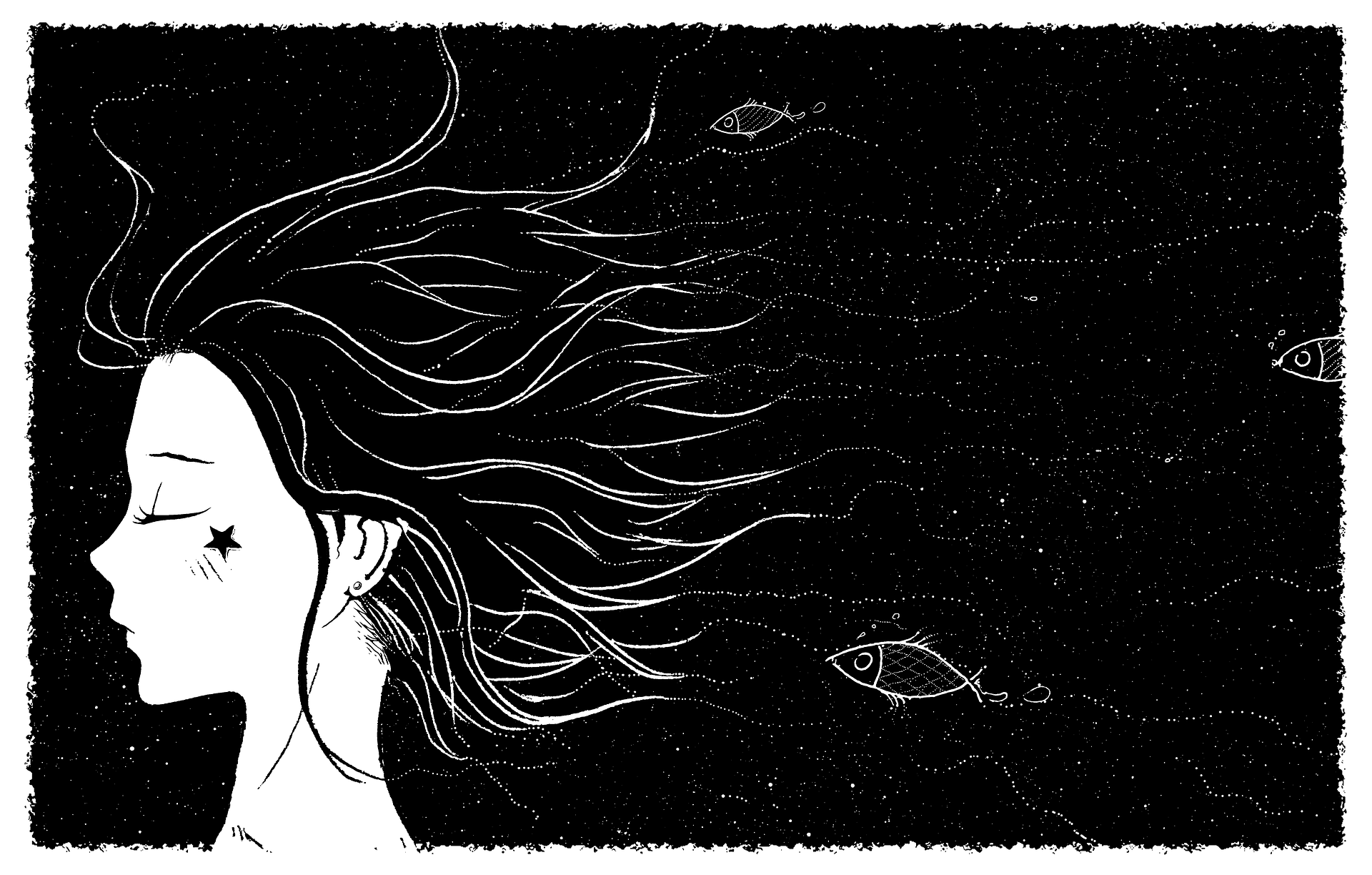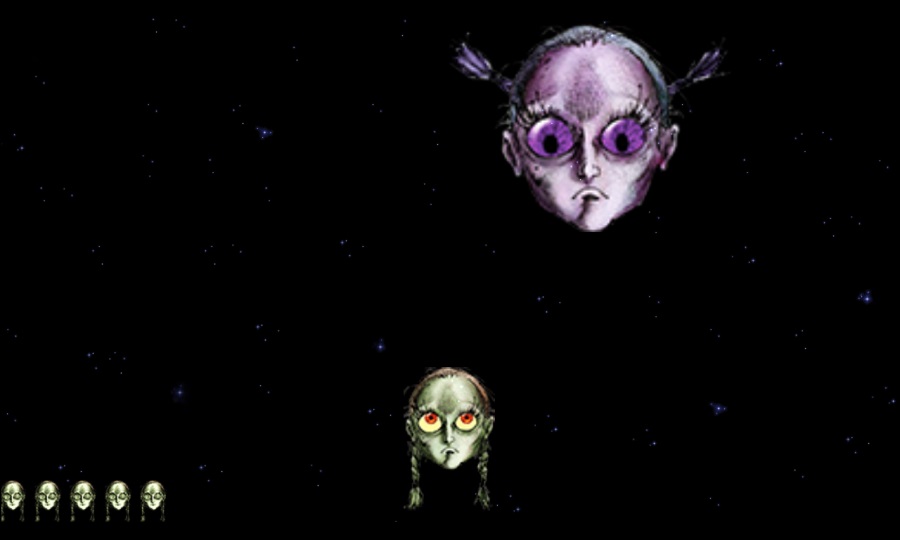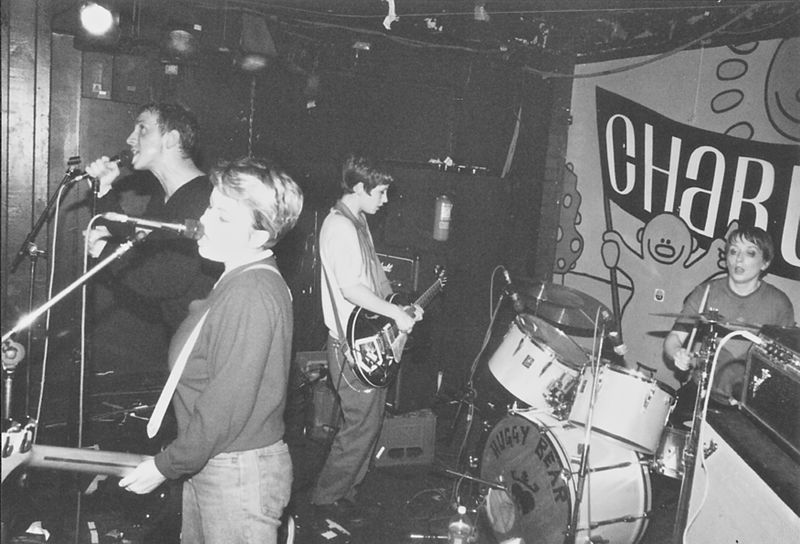I recently went along to ‘How to be a Badass’ training, which was provided by Liverpool Girl Geeks and led by Jenny Radcliffe. The two-hour session was designed to address some of the known issues around women in tech; namely that we often lack key negotiation skills and the resilience to navigate a male dominated workplace. Here I’m going to share some of the insights so that you too can become a Badass…
People Hacking
Jenny describes herself as a ‘social engineer,’ which is ominously ambigious, but basically entails the art of psychological manipulation or ‘people hacking.’ Jenny is equal parts endearing and terrifying: after telling us how she’s made an art of affability, my mind is immediately filled with suspicion. But she also seems like a genuinely interesting person with whom to have a drink and a chat.
 It’s hard not to like her immediately. Her casual references to Discworld and Firefly, as well as the Mr Robot Evil Corp sticker on her laptop, automatically ingratiated her to a room of geeky girls. We talk about how difficult communication is for most people, perhaps especially for women – we’re often spoken over and ignored in professional situations, the social expectation for us to be demure is often butting heads with a need to be assertive.
It’s hard not to like her immediately. Her casual references to Discworld and Firefly, as well as the Mr Robot Evil Corp sticker on her laptop, automatically ingratiated her to a room of geeky girls. We talk about how difficult communication is for most people, perhaps especially for women – we’re often spoken over and ignored in professional situations, the social expectation for us to be demure is often butting heads with a need to be assertive.
It’s interesting to note however that in negotiation, talking loudest doesn’t always work, and in fact the real power lies with the listener.
She encourages us to continue with many traditionally female tactics, such as trying to understand others point of view and attempting to create a situation in which everyone wins. So often in business, women are encouraged to assume masculine traits – to show how professional they are through aggressive handshakes and powerful poses.

It’s a relief to hear that these aren’t generally considered to be indicators of professional success, and in fact betray a forced sincerity. Yet there are aspects of traditional femininity that we need to tone down. For instance, trying to keep emotion out of the debate can be one thing that is especially difficult for us women.
But it wasn’t all hippy-style communication techniques! She also talked about various methods used in torture, such as how to discover what people fear most and use it against them, and also explains ‘Aristotle’s rhetorical devices’ which are an effective tool for getting your argument across. I could go on here as it was fascinating stuff, but as her sessions sell for thousands I wouldn’t want to sell her short by giving the tools away for free!
Negotiation tips
The first half of our session dealt with negotiation. For many of us, we fall into business out of the necessity of having a job – we aren’t trained in how to negotiate a salary or ask for a raise, and most of the time our employers benefit from this situation. I’m lucky that I was brought up knowing my rights, and have a partner involved in a union, but generally speaking our society encourages us to be thankful for any paid employment and not to push for more. Being given the tools to properly prepare, to keep yourself calm and to reach a situation that pleases everyone is a valuable gift.
She talks to us about what we need to plan out before going into a negotiation – the outcomes you want, the interest lying beneath (for both parties), and the logical way to go about getting these things. I’ve often felt very anxious going into any kind of conflict, but having the right preparation underway can not only help you in the meeting, but also to calm nerves ahead of the sit-down. She explained a few in-depth psychological concepts but also how to present facts in a logical order and examining the motivations behind everyone’s position. I felt like this was really important – so often, business coaching seems to involve fighting to get what you want at the cost of others. Jenny made it clear that it doesn’t have to be this way, and in fact you’re more likely to get what you want when you appeal to what the other party wants as well.
The art of reading body language
The second part of our session was concerned with body language, and here I was totally hooked. As someone who binge watched ‘Lie To Me,’ I find the whole concept of micro-expressions and body language fascinating. Luckily, Jenny quickly assuaged my fears that she’d be telling us how to spot a liar based on minor ticks and microexpressions. The truth is, it doesn’t work like that – not everyone lies in the same way, or has the same giveaways, and you can’t always draw conclusions from a single point of data.
We learn body language from childhood, but it’s never taught to us directly. So we learn that this facial expression means sadness, this means happiness, this means fear, and we use their face and their body to decide whether they are strong people, truthful, confident or otherwise. The leaders among us will be the best at communicating non-verbally, making their words match their actions – and politicians are a whole other kettle of fish!
Log your successes
 Lastly, she gave us some confidence tips, which felt like a form of Cognitive Behavioural Therapy – teaching us not to think in extremes, not to beat ourselves up for not achieving perfection, and to focus on solving a problem rather than assigning blame. One very important note she gave was to log our successes: most people will remember their failures far more acutely than their successes, but the wins are so much more important. By keeping a note of when your work has been praised, or when you’ve received a compliment, you have a record to look back on when you feel like a failure.
Lastly, she gave us some confidence tips, which felt like a form of Cognitive Behavioural Therapy – teaching us not to think in extremes, not to beat ourselves up for not achieving perfection, and to focus on solving a problem rather than assigning blame. One very important note she gave was to log our successes: most people will remember their failures far more acutely than their successes, but the wins are so much more important. By keeping a note of when your work has been praised, or when you’ve received a compliment, you have a record to look back on when you feel like a failure.
In short, I could have listened to Jenny talk for days. Whether she was telling us how to engage in manipulation, or showing us how to be confident her talk was fascinating. Everything could either be used practically, or was of great interest; after all, don’t we all want to learn those secrets of the body that give us away, and can help us to understand each other better?
Originally posted on Liverpool Girl Geeks
